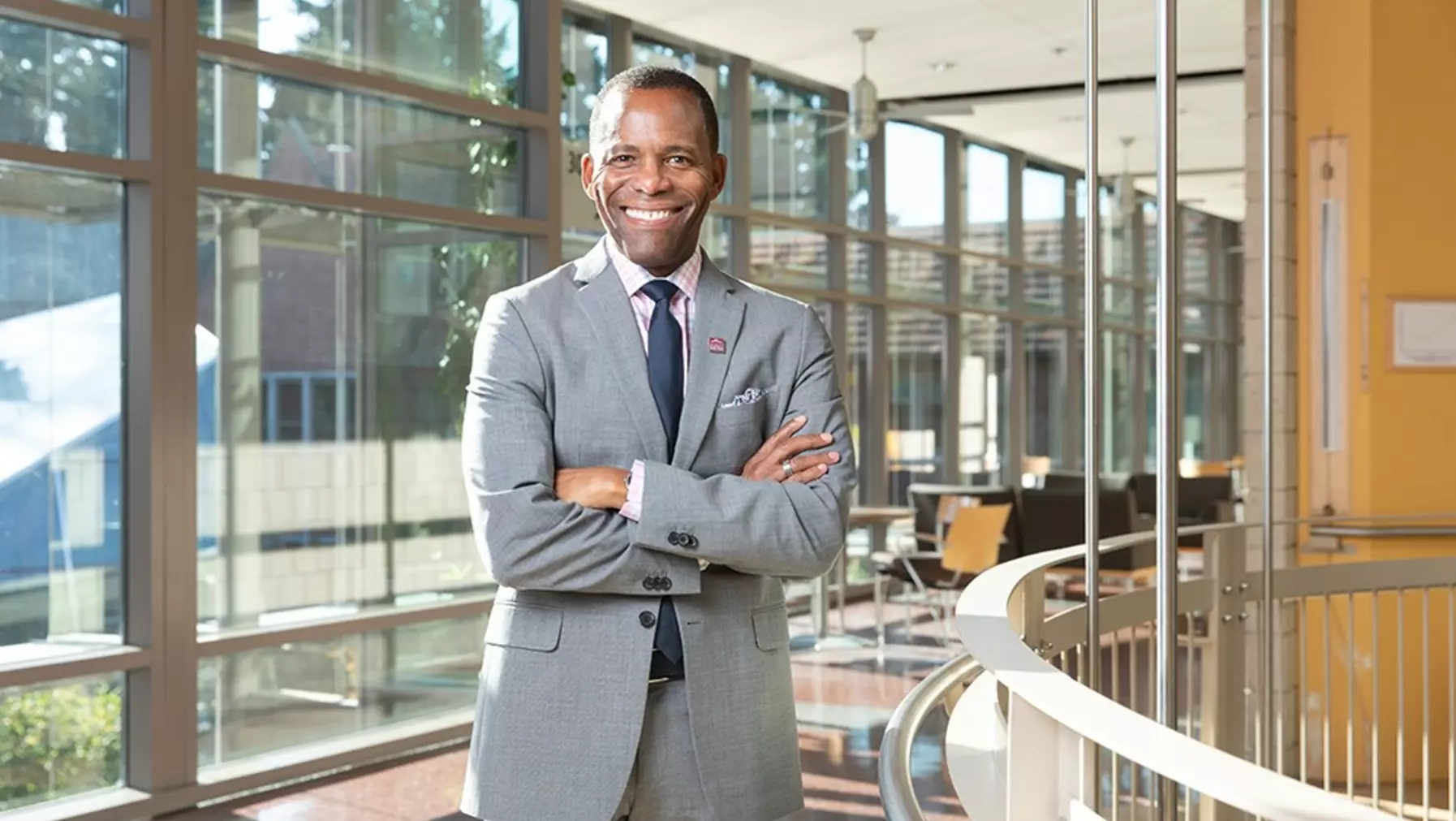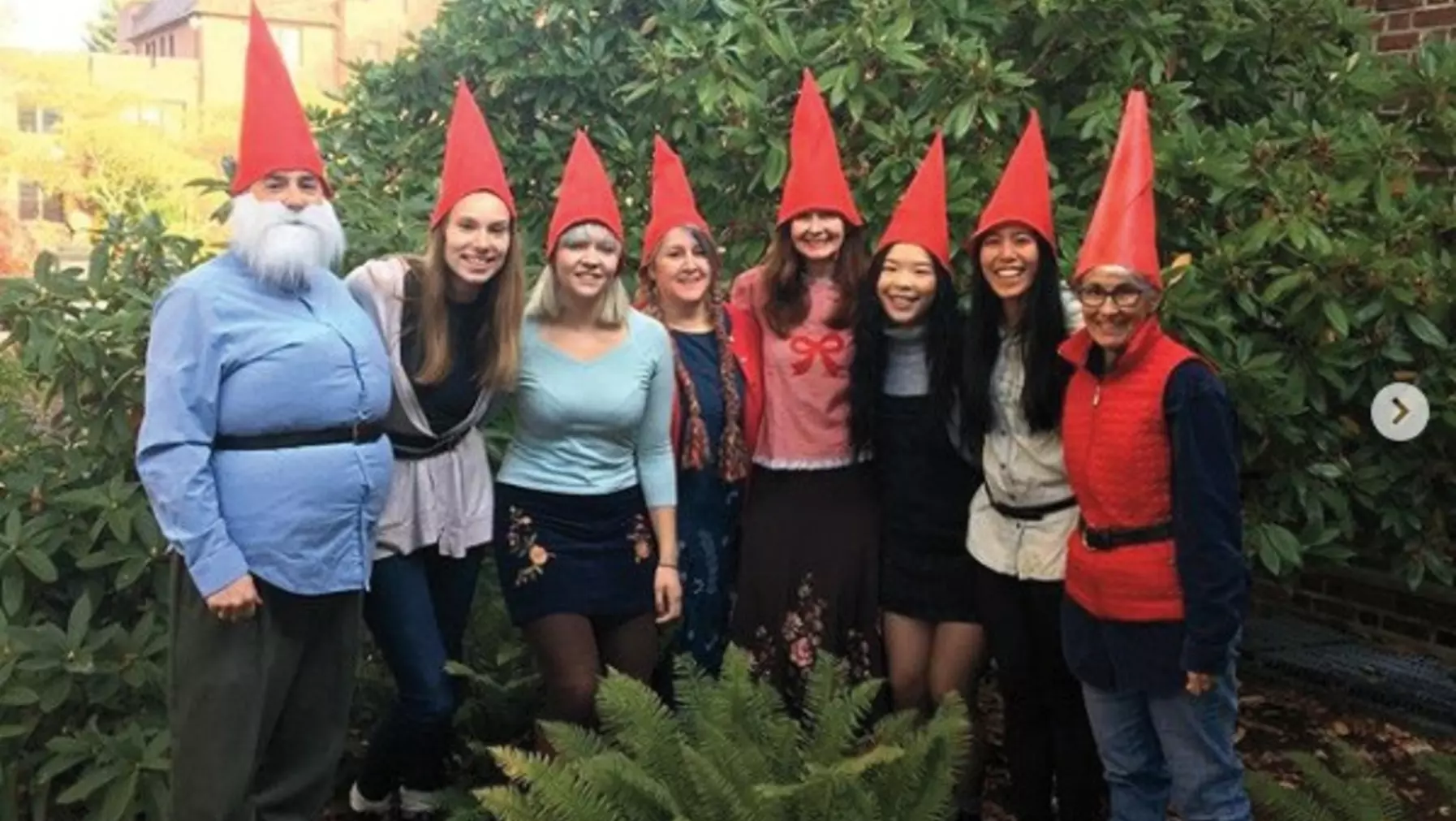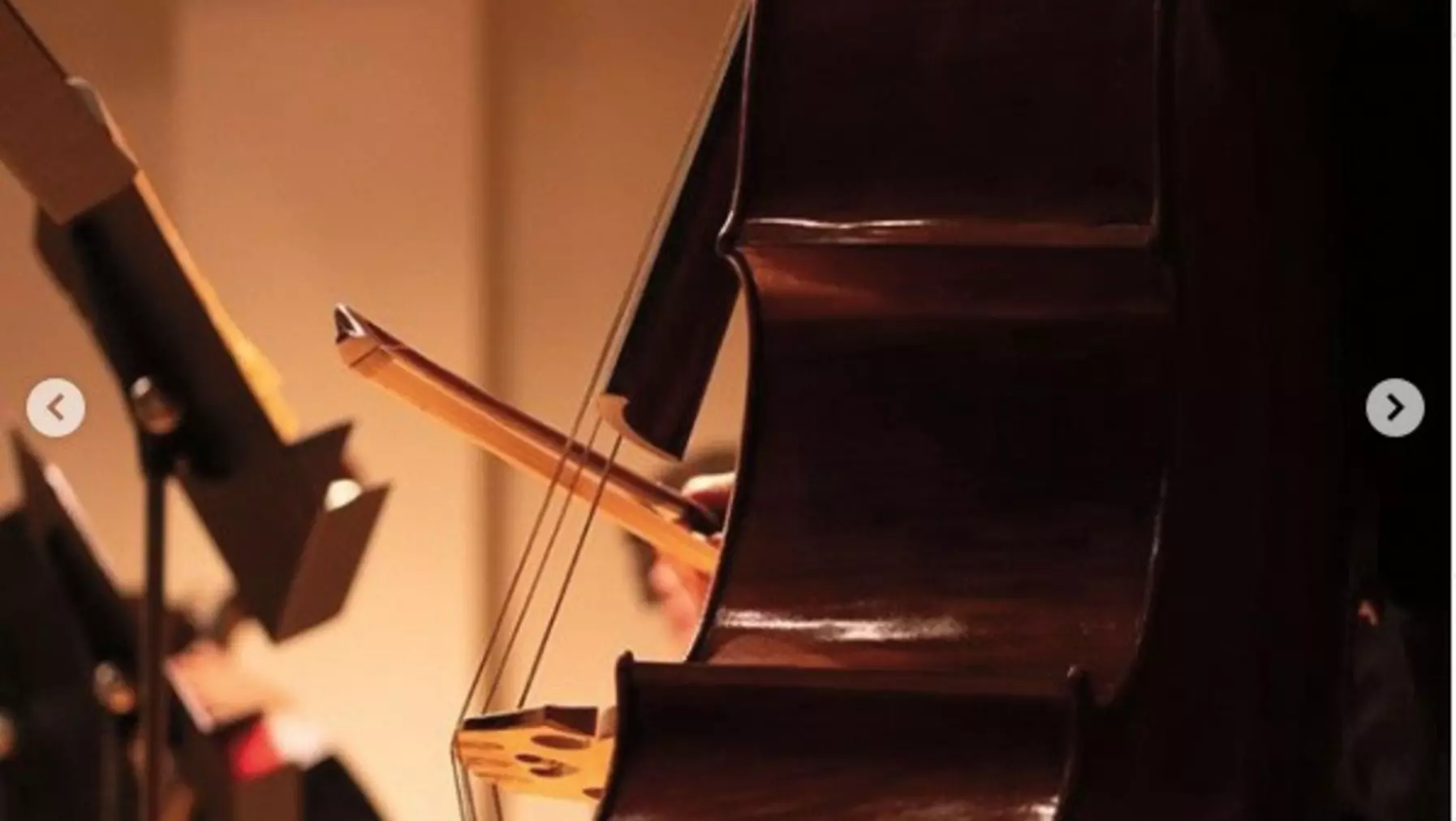
An Unusual Campus
Two women who were released from the Washington Corrections Center for Women in spring 2018 had an unusual request: They wanted to come back to the prison on June 16—with good reason. They wanted to attend their own graduation.
The two were among a dozen students who donned caps and gowns that day and received associate degrees via the Freedom Education Project Puget Sound. FEPPS was begun in 2012 by four professors—three from Puget Sound and one from The Evergreen State College—in partnership with women inside the prison. It has grown steadily: More than 110 faculty members from 25 schools in the region have taught inside the prison; more than 250 prisoners have taken classes; and 45 women have obtained associate degrees. What’s more, at least 120 Puget Sound students have pitched in, serving as research partners with the incarcerated students and attending study halls inside the prison as “co-learners.”
Soon, FEPPS will grow even more. Last October, Puget Sound trustees unanimously approved a bachelor’s-degree program to be offered in the prison. A $1 million grant from the Mellon Foundation will support the program over the next four years.
Earning a college degree while behind bars can be a life-changer. “On a very practical level, these women’s employment opportunities after release are much wider,” says Tanya Erzen, a Puget Sound associate research professor and the FEPPS faculty director. “It also gives them confidence and self-esteem.” And it has an effect on the women’s families, as well: “Many of the women are mothers, and it makes their children more likely to go to college.”
The first cohort of bachelor’s-degree students will begin their studies in fall 2020.
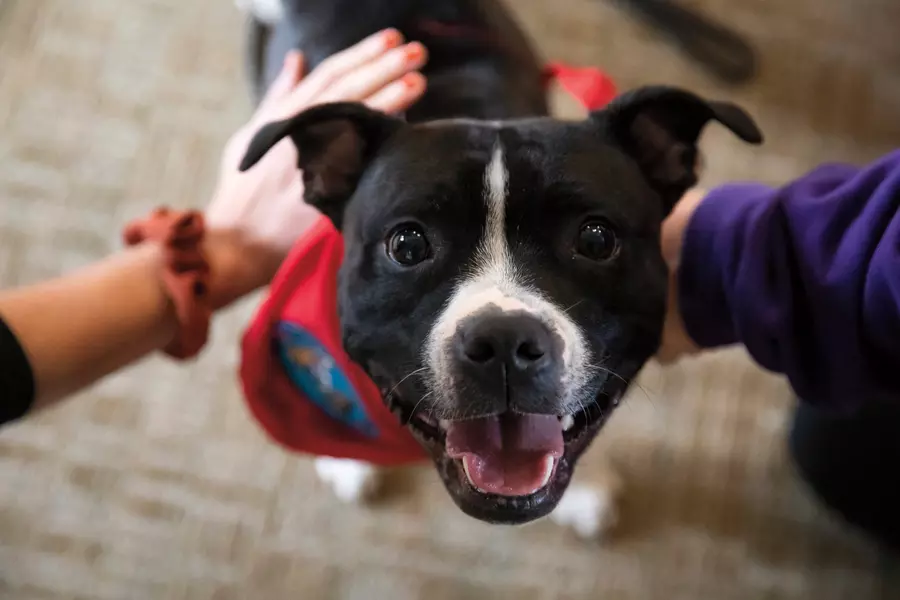
Good Doggos
Meet Sweet Pea. She heard that students sometimes get stressed, so she and some therapy-dog friends stopped by Rasmussen Rotunda a few times last semester to let students rub their bellies, scratch their ears, and generally love on them. The idea for "Pause for Paws" started when Kent Korneisel, spouse of President Isiaah Crawford, noticed that students attending fireside dinners at the president’s house would light up at the sight of the couple’s two cats. Korneisel worked with the members of Greek life and the local chapter of Therapy Dogs International to launch the series. For students who missed out on the fall visits (or who just need another puppy fix), the dogs will be back in the spring.
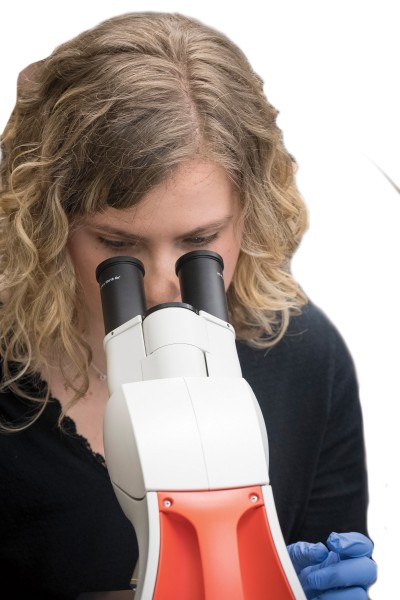
Summers in the Lab
Puget Sound’s efforts to support women in science have gotten a boost from the Clare Boothe Luce Foundation: nearly $150,000 for summer research for female students. The grant will enable 18 undergraduate women—six per summer for three years—to each work closely with a faculty member on independent research. Luce grants are highly competitive: Puget Sound is one of only three schools to receive an undergraduate scholarship grant this year.
Dozens of Puget Sound students already conduct summer research in the sciences each year—it’s an example of the high-impact student engagement that’s a tenet of the university’s strategic plan. To compete for a Luce grant research opportunity, students will work with faculty members to develop proposals, which will be evaluated by a faculty committee. If their proposal is chosen, the student commits to working full time on the project for 10 weeks, for which they’ll receive a stipend. They’ll also attend weekly seminars over the summer, and
present their research to the campus community in a poster session in the fall.
The experience should build students’ skills and confidence, and foster a sense of community among women students, says Amy Spivey, professor of physics and director of the Luce project. “It’s also a way to test what they want to do with their major after college,” she says—and for students who apply to grad school, she adds, having had summer research experience is essential. (Not incidentally, the Council of Independent Colleges has recognized Puget Sound as a leading college for women who go on to pursue doctoral studies in the sciences.)
One goal of the Luce project is to encourage more young women to consider science majors. Female undergraduates are well represented on campus in some science fields—such as biology—but they’re underrepresented in computer science, geology, mathematics, some branches of chemistry, and physics. Those disciplines are the target of the Luce grant.
ASK THE EXPERT: The Skinny on the Census
In 2020, as it does every 10 years, the U.S. Census Bureau will attempt to make an official, complete count of the population. Andrew Gomez, assistant professor of history, uses data from the census in his research (on early Cuban communities in the U.S.) and his teaching (on the history of the census, as well as how immigration has shaped U.S. cities over time). Here, he shares seven things you might not know about the census.
1. IT GOES WAY BACK.
The U.S. Constitution mandates a census every 10 years, and the first one was in 1790. “The framers decided that a census would be important to governing, particularly to apportioning seats in the House of Representatives,” Gomez says. Today the census determines not only how many seats each state gets in the House, but also how billions of dollars in federal funds are distributed.
2. HORSE AND SADDLE ARE NO LONGER NEEDED.
In the beginning, says Gomez, “U.S. marshals were sent off on horseback on an 18-month journey to catalogue what was then 4 million people”—compared to the current U.S. population of 327 million. (The 1790 census didn’t count Native Americans, even though they made up a substantial portion of the population, Gomez says.) In 1880, the government switched to trained census-takers. Such enumerators, as they’re called, went door to door until 1960, when the Census Bureau introduced a mail-in system. Residents will still get the census form by mail this year, but for the first time, they’ll have the option of going online or calling a toll-free number to complete the questionnaire. Those who don’t respond can expect a follow-up visit from an enumerator.
3. IDENTITY? IT’S COMPLICATED.
Over the years, Gomez says, people have gained more of a say in how they’re characterized. Until 1960, for example, it was the job of the enumerator to decide what a person’s race was. And census questionnaires in recent years have presented residents with more choices for describing their racial and ethnic identity. In 2020, for the first time, a question about household relationships now includes same-sex marriages or partnerships as possible answers—but the question “What is this person’s sex?” still has just two options: male or female. Says Gomez: “Often the census is behind in capturing the full complexity of how Americans see themselves.”
4. ALASKA GETS TO GO FIRST.
The 2020 census began in late January in Toksook Bay, a tiny Alaskan village on the Bering Sea. That remote community and others like it get surveyed first—with enumerators often arriving by snowmobile, sled dog, or bush plane. Residents of most other parts of the country will get census forms in the mail starting in March.
5.THERE’S NO CITIZENSHIP QUESTION.
The Supreme Court last June ruled against the Trump administration’s efforts to ask residents about their citizenship. The census has included a citizenship question off and on in the past, Gomez says. “But context matters,” he adds—and in today’s hyper-partisan environment, opponents argued that the citizenship question was politically driven. “The process of conducting the census is hard enough as it is,” says Gomez, “and one of the single most important aspects is public confidence that it will be conducted thoughtfully, thoroughly, and apolitically.”
6. CENSUS DATA WERE MISUSED DURING WORLD WAR II.
By law, the government can’t release personally identifiable information collected in the census until 72 years have passed. But historian Margo Anderson discovered in 2000 that the Census Bureau shared information on some Japanese Americans during World War II, to aid the government’s internment efforts. “There is a fear that census data will be weaponized,” Gomez says. “And sometimes that fear is rooted in historical reality.” Still, he says, “I think filling out the census is an incredibly important responsibility. I understand why some vulnerable populations would be worried, but a great deal rides on the census being accurate.”
7. WE CAN TELL YOU WHAT WILL BE ON THE TEST.
The 2020 census questions are no secret: You can find a PDF of the 2020 census questionnaire at census.gov.
The Election Examined
With an impeached president, a crowded field of Democratic candidates, and a sharply divided American electorate, the 2020 presidential election is shaping up to be both complex and dramatic. A community lecture series hosted by presidential historian Mike Purdy ’76, M.B.A.’79 and political scientist Michael Artime is attempting to unpack the intricacies of the election. “2020: Battle for the Soul of America” began in October and continues with lectures Feb. 6, March 19, June 18, Sept. 17, Oct. 22, and Nov. 5. Each runs from 7 to 9 p.m. in McIntyre Hall, Room 103, and is free and open to the public. Though it’s billed as a lecture series, each evening includes plenty of time for questions, comments, and conversation.
Shadow Work
A handful of students took advantage of their winter break to do some job-shadowing, as part of the sixth annual Take a Logger to Work program. TLW, offered by Puget Sound’s Career and Employment Services office, encourages alumni and parents to host one or more students in their workplaces for a day in January, just before spring classes begin. Students get a glimpse of a given field—and often begin to do the networking that will pay off when they get closer to graduation. This year, Career and Employment Services matched alumni and parents with students in five regions: Seattle/Tacoma/Olympia, Oregon, California, Colorado, and Hawai`i. Hosts included a software engineer, a child neurologist, a city administrator, a USDA plant pathologist, and an attorney, among others. Alumni or parents who want to recommend a host or serve as a host, themselves, in 2021 can contact Jake Nelko at jnelko@pugetsound.edu.
CALLING ALL LOGGER ENTREPRENEURS
Join us for THE SECOND ANNUAL ENTREPRENEURSHIP SUMMIT
April 17–18, 2020 at University of Puget Sound
Interested in sharing your experience and inspiring the next generation of Logger entrepreneurs?
Contact Sam Egan ’14 at scegan@pugetsound.edu.
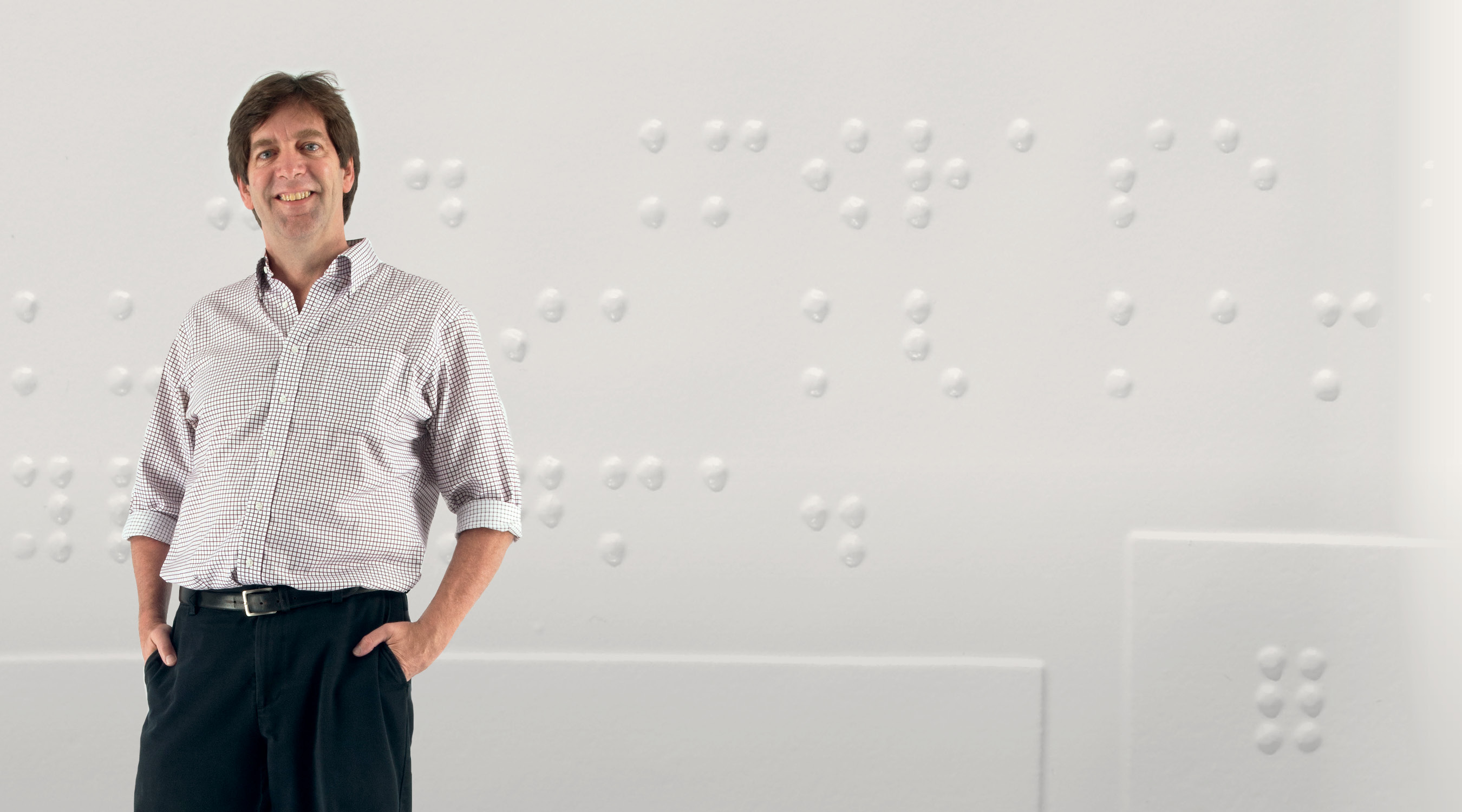
Math You Can Touch
Mathematics professor Rob Beezer has thought for years that textbooks are too expensive and become outdated too quickly. Back in 2006, he launched a college-level linear algebra book that he made available online, for free; it also was open-source, meaning that mathematicians everywhere were welcome to add to it and improve it. Beezer’s been working since then to expand the idea, and now he’s involved in a project to make math and science textbooks even more accessible: by translating them into Braille.
Beezer is part of a team of scholars— from Puget Sound, Towson University, the University of Birmingham in the U.K., and elsewhere—who in January announced significant progress toward that goal. The American Institute of Mathematics (AIM) put the team together, and funding came from the National Science Foundation and the National Federation of the Blind.
Very few mathematics and science books are available in Braille. Instead, a university typically has to hire a transcriptionist to create a one-off Braille version of a given book when a student requests it. For Braille versions to be more widely available, the process needs to be automated, and that’s where Beezer comes in. Since 2014, he’s been developing a free markup language, called PreTeXt, that allows scientists to easily write textbooks and research papers that can be read in multiple formats. PreTeXt has been used to publish more than 60 books, and, more recently, Beezer has been working to apply PreTeXt to Braille.
Other members of the team, meanwhile, are tackling such challenges as rendering formulas, symbols, and diagrams—even 3D images—in Braille. That will be the subject of a weeklong workshop at AIM next August. Also on the team’s to- do list: discussions with professional organizations about developing Braille versions of scholarly journals.
